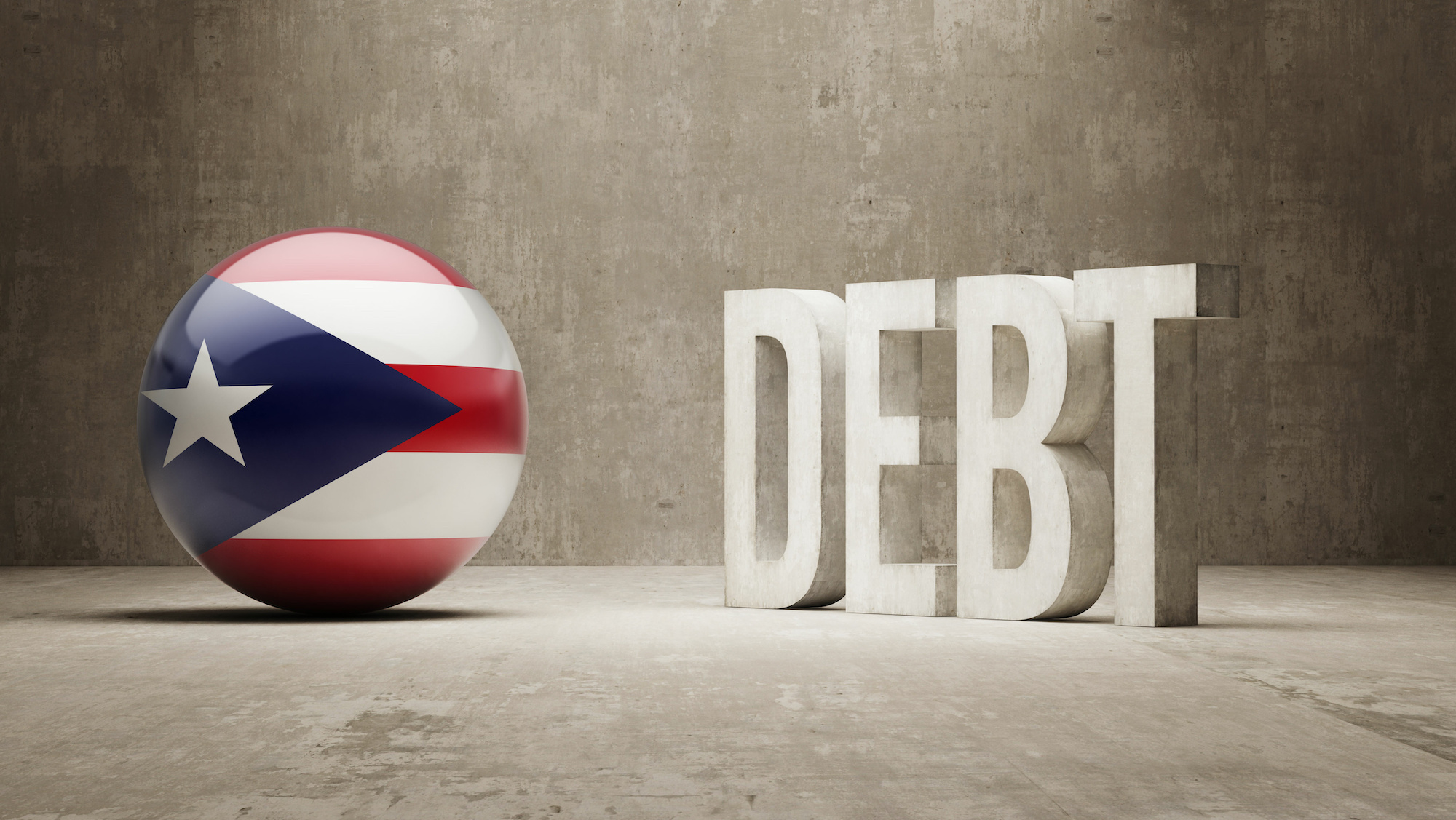In 2015, then-Governor of Puerto Rico Alejandro Garcia Padilla said that the ISland’s $72 billion dollar debt was “unpayable.” In March 2022, Puerto Rico completed major debt restructuring, reducing outstanding debt to $28.6 billion. This does not include the indebtedness of the Puerto Rico Power and Electricity Authority and Puerto Rico’s Industrial Development Company, which are both still in the process of restructuring.
PREPA has been working to restructure debt and at the same time to provide more reliable and affordable electricity for the Island since the 11-month blackout that followed Hurricane Maria. The latest discussions seem to suggest that creditors will have to accept less than they have so far been willing to consider — or end up with court-ordered forgiveness of the debt. Creditors could, according to the PROMESA Fiscal Oversight and Management Board, receive nothing if they insist on pushing legal solutions to their problem.
Effects of reduced debt
Puerto Rico’s debt was reduced by more than 75% by the time the Island officially left bankruptcy. The cost of servicing this debt was 25 percent of Puerto Rico’s revenue before PROMESA, but fell to 6.1 percent in 2022.
The Island has also reduced unemployment, increased labor participation, and provided additional funds to underserved municipalities.
The PROMESA Fiscal Oversight and Management Board established some rules for future debt in Puerto Rico:
- New debt may only be used to finance capital improvements, not operating deficits.
- Refinancing debt is only permitted if it saves Puerto Rico money and the principal outstanding is not increased. Refinancing without savings is only allowed in direct response to a natural disaster or other similar emergency.
- New debt may not have a maturity greater than thirty years, and refinancing debt may not extend the repayment terms of existing debt (with a few exceptions, such as for public housing).
- All new debt must begin to be repaid within 2-5 years of issuance.
The territorial government has also established an enterprise financial management system, which should help to get fiscal management on a sounder footing for the future.
The future
Puerto Rico’s economy is on an upward path. Its chances for future development depend on its political status. The Economic Intelligence Unit predicts that the territory of Puerto Rico, while it is currently enjoying economic growth, will begin to slide into economic trouble again once the post-disaster reconstruction funds dry up.
If Puerto Rico becomes a state, the status the voters have already chosen, the Island will for the first time experience a level playing field, and will win the current states in seeing the same impressive improvements in prosperity that territories have always seen after statehood. Contact your legislators today and let them know that you want them to support statehood for Puerto Rico.
Read more about Puerto Rico’s Economic Development.








No responses yet